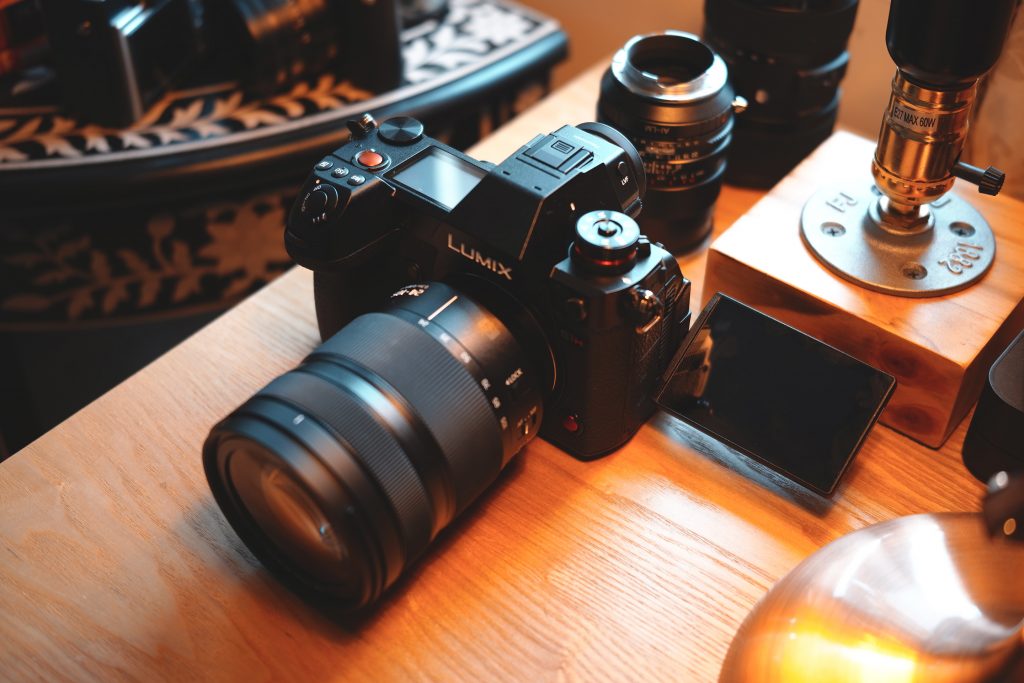
Incredibly close between these two. I have a Panasonic S1H with me at the moment, and am getting to know it. Meanwhile the Z-CAM, I had the briefest of hands-on at IBC and will be posting some footage from it. Both cameras are capable of 6K H.265 internal recording from a full frame sensor, and both are at the lower priced-end of the pro-cinema market.
Flannel Ninja’s video above goes into really in-depth detail about the two, so do give it a look. This is not your usual hyperbolic YouTube “clickbait” thankfully.
The thing is, both images exceed by far what YouTube is capable of showing. If you really want to get the full idea of what a camera’s image looks like, there is no substitute for having the original files. At IBC, I was able to meet-up with Kinson Loo, the ex-racing driver boss of Z-CAM, who gave me full access to the SSDs from their on-location shoots in Asia. We also went out in Amsterdam and shot some brief material at night to test the low-light capabilities. So on EOSHD in the coming days, I’ll be sharing some of those original files and taking a close look at how the camera performed.
The Panasonic S1H is a useful benchmark as it shares a similar sensor. It is the full frame GH5 (actually more a full frame GH5S) we always dreamed of, the complete camera in many ways apart from autofocus and RAW.
One of the advantages of the E2-F6 however, is it shoots ProRes – in 6K Open Gate, DCI 6K, 2.4:1 ratio 6K and 16:9 format 6K. That is quite a lot of 6K!!
Z-CAM also have internal Z-RAW coming. Panasonic is yet to say whether the S1H will be getting RAW – hopefully if it does, it will be internal RAW – even if it has to be chopped down to record to SD card like the Sigma Fp.
Speaking of which, I’ve been shooting with the Fp as well. Although very much a stills camera (and 4K/30p maximum), it is unique for offering uncompressed 4K RAW at $2000 – so could be a good low-price consumer alternative to the S1H ($4000) and Z-CAM E2 F6 ($4995).




